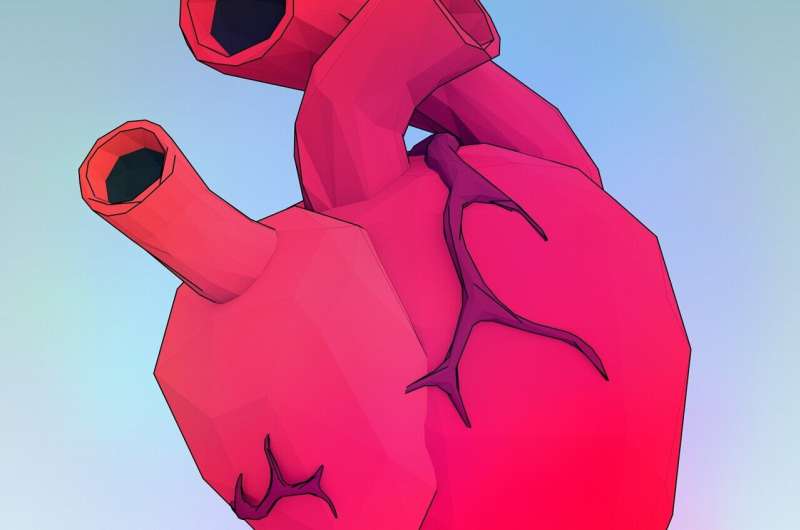
Heart valve calcification is one of the leading causes of death in Canada. The condition is more prevalent in men, but more lethal for women. This imbalance is caused by a very limited understanding of how the disease develops in women.
In 2020, a McGill research group led by Prof. Marta Cerruti used the Canadian Light Source (CLS) at the University of Saskatchewan to help discover that calcified heart valves of women have an entirely different mineral composition than those of men. Now, the team wants to build a lab model that can replicate the differences seen in male and female hearts.
“A model for sex differences in heart valve calcification would be an extremely valuable tool for researchers to better understand the differences. It could help to develop detection and non-invasive treatment methods for the disease that are specifically tailored towards women,” said team member and Ph.D. student Raphaela Allgayer.
Last month, the group used the SXRMB beamline at the CLS to measure the types of minerals that formed in their model to determine how closely it replicates the ones that form in humans.
“We are really excited about this project because it could open the door for an entirely new take on heart valve calcifications, but also other diseases that involve mineral deposition. Biological sex is an extremely understudied variable in the field of biomaterials, but considering sex as a variable could significantly improve medical therapies for women,” said Allgayer.
Canadian Light Source

